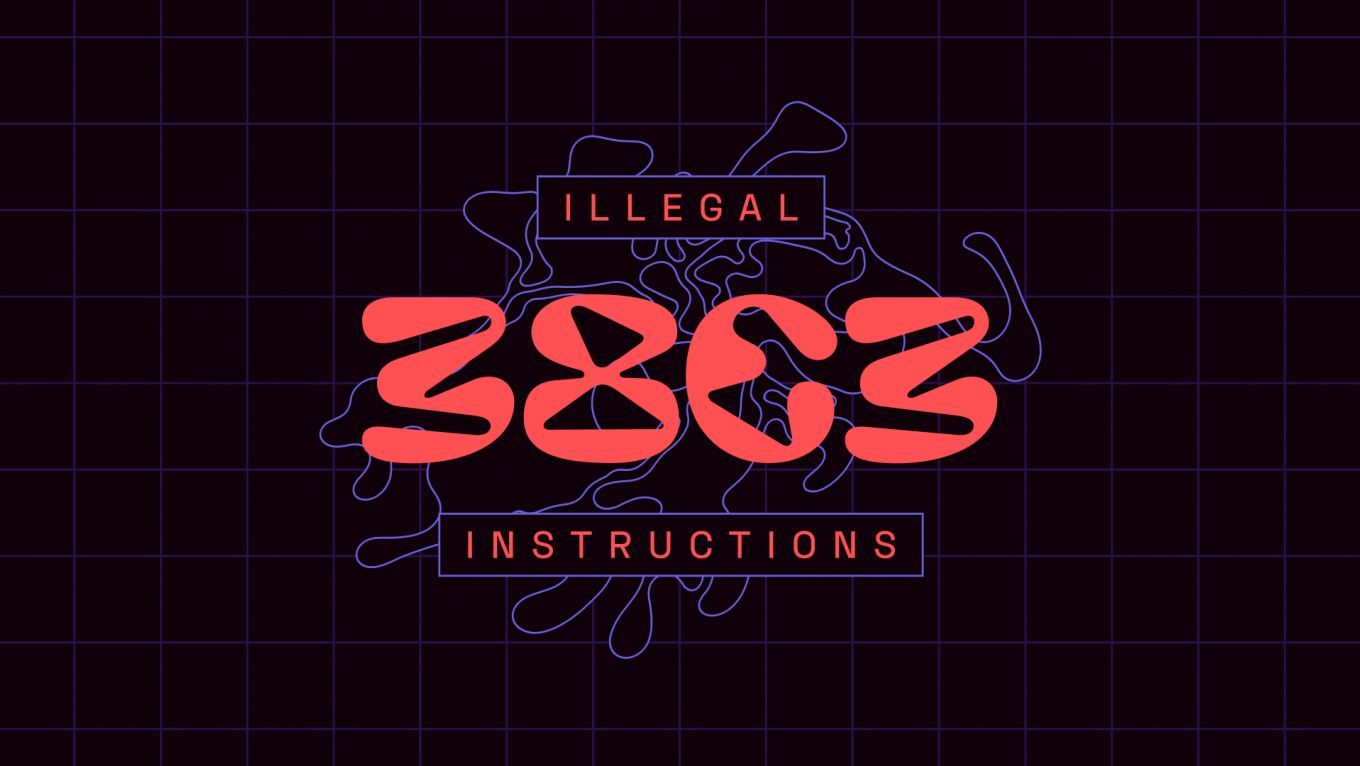Art & Beauty
Automation and Empathy: Can We Finally Replace All Artistic Performers with Machines?
In this talk, artist and robotic musician Moritz Simon Geist explores whether robots and avatars can establish an emotional connection with a human audience, and examines the implications this has for arts and culture.
Algorithms and machines are transforming how artworks are produced - but can they replicate the complex psychosocial capacity of empathy in performative arts like music and theater?
Moritz offers an example-based overview of the history of non-human performers in the arts and shares current state-of-the-art projects in this field. He discusses his personal journey of combining engineering with art, highlighting projects like the "MR-808 Drum Robot" and automated installations like "Don't Look at Me." Through these works, he examines how robotic performers impact audience perception and emotional engagement.
The talk asks critical questions: How do machines alter the psychosocial dynamics of performance? What are the minimal structures needed to evoke an empathetic response from the audience? How does the concept of the Uncanny Valley, as proposed by Masahiro Mori, influence our reactions to non-human performers?
So - can we automate empathy? Let's find out!
Additional information
| Live Stream | https://streaming.media.ccc.de/38c3/glitch |
|---|---|
| Type | Talk |
| Language | English |
More sessions
| 12/27/24 |
In a world dominated by digital communication and the drive toward linguistic unification, the simple act of 'typing' varies significantly across languages and writing systems. For European languages like English and German, typing typically involves a set of about 100 letters and symbols. In contrast, Japanese—and by extension, Okinawan—requires three distinct scripts: hiragana, katakana, and kanji. Each of these adds layers of complexity and cultural depth to written expression. This ...
|
| 12/27/24 |
We built an Ethical Hardware Kit with a PCB microcontroller made of wild clay retrieved from the forest in Austria and fired on a bonfire. Our conductive tracks use urban-mined silver and all components are re-used from old electronic devices. The microcontroller can compute different inputs and outputs and is totally open source.
|
| 12/27/24 |
UBERMORGEN infiltriert Kunst, Medien und digitale Monokulturen mit subversiver Affirmation. Wie Donald Trump auch, zerstören sie täglich ihr Geschäftsmodell, um daraus radikal neue Lösungen zu schaffen. Anhand von Projekten wie Vote-Auction, Google Will Eat Itself und PMC Wagner Arts dokumentieren sie ihre künstlerische Evolution im Never-Ending Now. Chaos ist ihre Methode, Kunst ihre Neue Ehrlichkeit, Klarheit ihre Waffe.
|
| 12/27/24 |
Artist Andrei Molodkin held $45million of art hostage to free Julian Assange. He vowed to dissolve Picasso, Rembrandt, Warhol and other masterpieces in acid using a dead man’s switch device inside a 29-tonne Grade 5 Safe Room if Julian Assange was to die in prison. The talk will explain the process and methodology.
|
| 12/27/24 |
Modern 3D capture through Gaussian Splatting and human memory reveal parallel landscapes – where precise centers fade into probabilistic smears at the edges, and gaps hold as much meaning as detail. This is about the preservation of an ephemeral present in digital amber, an interrogation of how we reconstruct both digital and remembered spaces.
|
| 12/27/24 |
The public image of dinosaurs is largely shaped by art. While paleontology is a dynamic and productive science, it is primarily through paleoart that our perception of prehistoric life takes form. By combining informed speculation with a deep understanding of anatomy, ecology, and geology, paleoartists continuously reimagine extinct organisms in innovative ways.
|
| 12/27/24 |
Welchen Einfluss hat die Form der Dinge? Wie wirken wir durch die Gestaltung unseren kulturellen Praxen, Architekturen, Sprachen und Strukturen auf uns und die uns umgebende Zukunft ein? Und warum findet sich in zeitgenössischer Design Theorie ein Verb wie *Futuring*?
|

